Nazi hunter talks about Srebrenica, Old Fairgrounds memorial
The tragic crime in Srebrenica should not be minimized, but what happened there was not genocide, says Efraim Zuroff.
Thursday, 16.07.2015.
15:12

Nazi hunter talks about Srebrenica, Old Fairgrounds memorial
"There are attempts to for political reasons label as genocide a tragedy, a mass murder that certainly was not genocide. Genocide has a specific, exact definition and that is not what happened in Srebrenica," said Zuroff.When the reporter noted that international courts marked the crime in Srebrenica as genocide, Zuroff said there are "political tendencies".
"We need to get back to what was originally genocide, and that is to completely destroy a people, and there (in Srebrenica) the women and the children were allowed to go. If it was a real case of genocide, Serb forces would have killed them. I'm not saying that the tragedy should be minimized, these are terrible war crimes and those who committed them should be brought to justice, and we must remember the victims," said Zuroff.
He also spoke about Srebrenica in the context of what he sees as trends in Eastern Europe to revise history for political reasons.
Zuroff also said that Catholic Church's decision to canonize Croatian WW2-era Cardinal Alojzije Stepinac would be "disastrous."
"It would be disastrous to declare as saint a person who was the spiritual mentor of Ante Pavelic (leader of the Ustasha regime). It would be absolutely a disastrous message, that someone who administered along with Pavelic, should become a saint, regardless of the crimes. That would be a violation of justice," said Zuroff.
He also noted that a decision to rehabilitate the leader of the Chetnik movement Draza Mihailovic would also be wrong - but stressed that a recent ruling of a Belgrade court did not do this. Instead, said Zuroff, the court found that Mihailovic had not been given a fair trial and is now considered to be a person that has not been convicted.
Speaking about the Staro Sajmiste site in Belgrade - where a Nazi concentration camp was located during the Second World War - Zuroff said it is important to build a memorial there for the victims of the war, and noted that in his meetings earlier in the week in Belgrade he discussed this with top Serbian officials.
When asked why it was necessary for him to visit and "remind" Serbia of what happened there, and "what the role of Serbia was in WW2" - Zuroff said:
"I think nobody here needs a reminder of what Staro Sajmiste is, but the fact is that for a number of different reasons, legal and technical efforts to realize the project have not been successful. I know that there is the will to change that, and anyway there is no use crying over spilled milk. This will be important for Serbia and for Belgrade, but will also have significance beyond the borders of Serbia," he said.
Zuroff added that the site will be turned into a first-class place of commemoration, education and research.
"A clear picture of the events that happened in this terrible place will be seen. This is important, not only for the past but also for the future. The goal is for it to never happen again. And that's part of the responsibility of historians who will have a role in this project," said Zuroff.
Meetings with top officials and patriarch
Serbian Prime Minister Aleksandar Vucic and Director of the Simon Wiesenthal Center Efraim Zuroff spoke on Wednesday about the establishment of a Serbian memorial complex at Staro Sajmiste that should be modeled after to the Jerusalem-based Yad Vashem Holocaust memorial.Vucic thanked Zuroff for his support to Serbian people and for preserving the memory of WWII Serbian and Jewish victims, the government said in a statement.
According to this, Zuroff "emphasized the great historical recollection Jewish people have, adding that they will never allow the pain and sufferings and the genocide against Jewish and Serbian people during the WWII to be forgotten."
On Tuesday, Zuroff,had separate meetings with Serbian President Tomislav Nikolic and Serbian Orthodox Patriarch Irinej, with whom he also discussed a project to turn the Staro Sajmiste site into a memorial complex.
The Staro Sajmiste (Old Fairgrounds; known in German also as Judenlager Semlin) concentration camp was set up in 1941 by the German occupying forces. It was located on the left bank of the Sava River in Belgrade - during the war, the territory of the Nazi-allied Independent State of Croatia (NDH).
By May 1942, approximately one half of Serbia's Jewish population - some 7,000 people, mostly women, children, and elderly - had been detained and systematically killed there using a mobile gas chamber shipped from Germany.
From May 1942 until July 1944 32,000 more prisoners, mostly Serbs, passed through the camp - 10,600 of whom were either killed or died of hunger, exploitation, and disease.


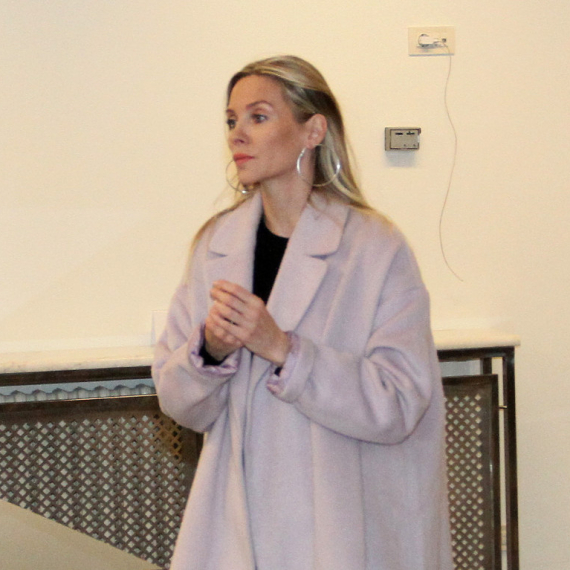

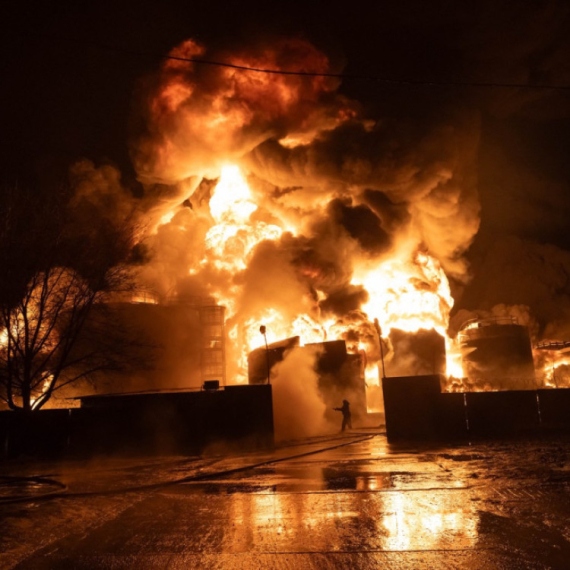
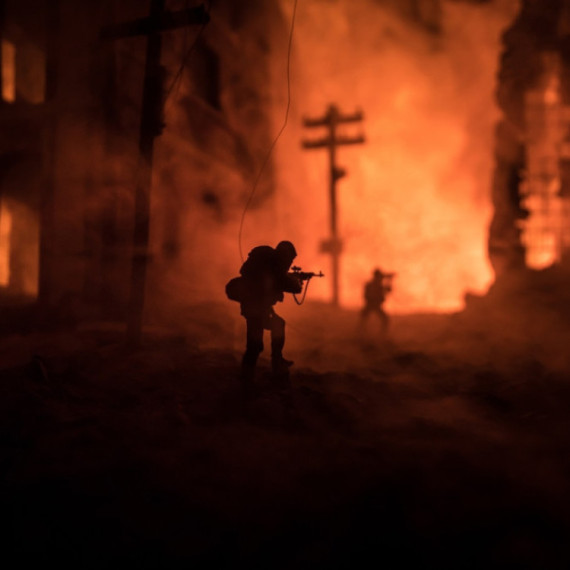




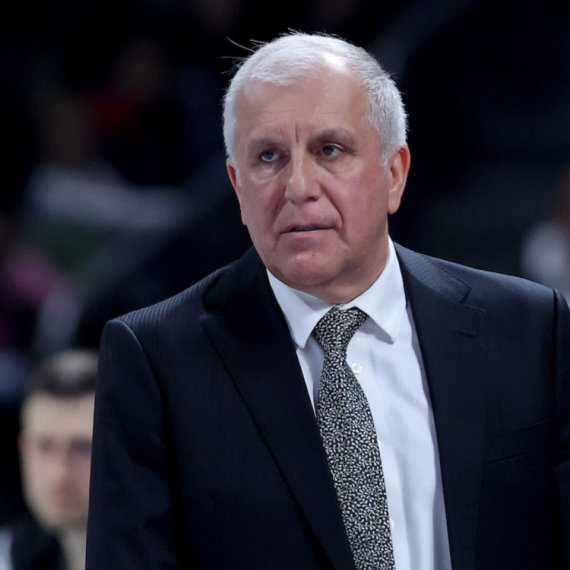
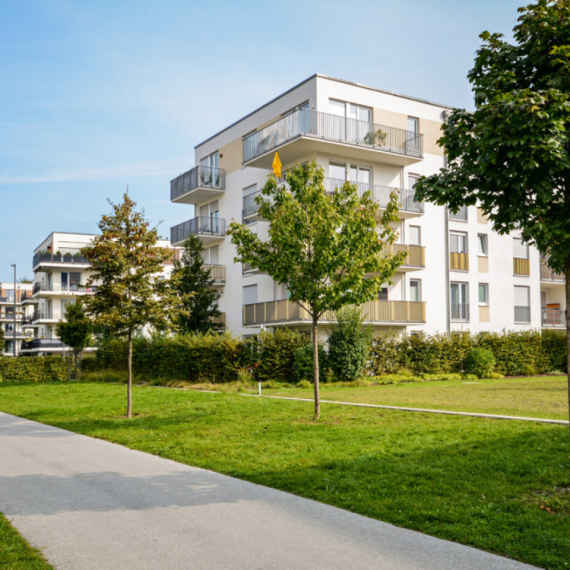
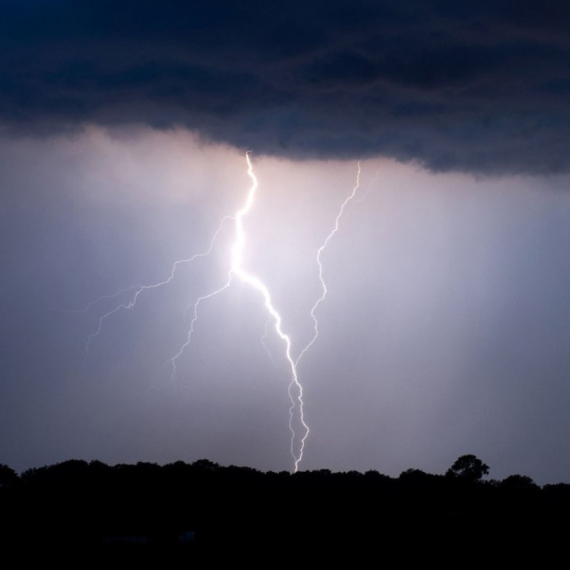
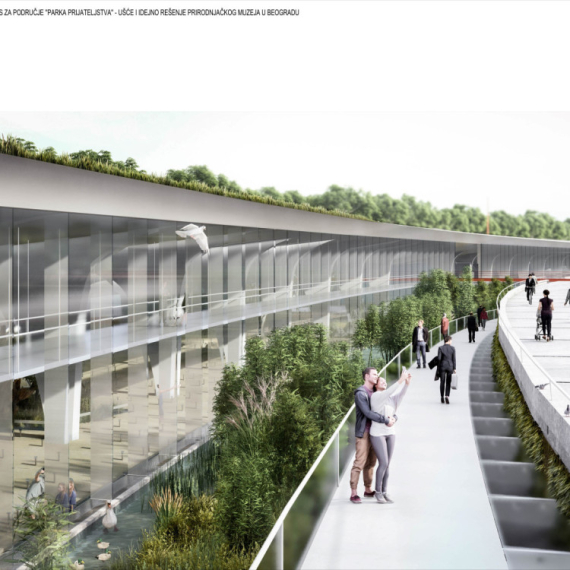





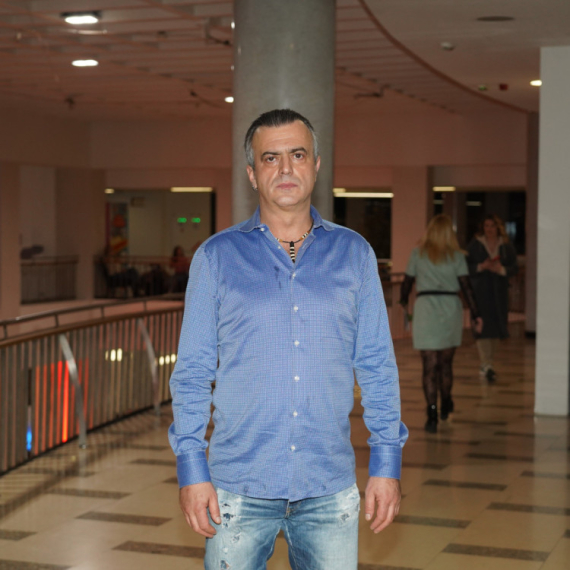


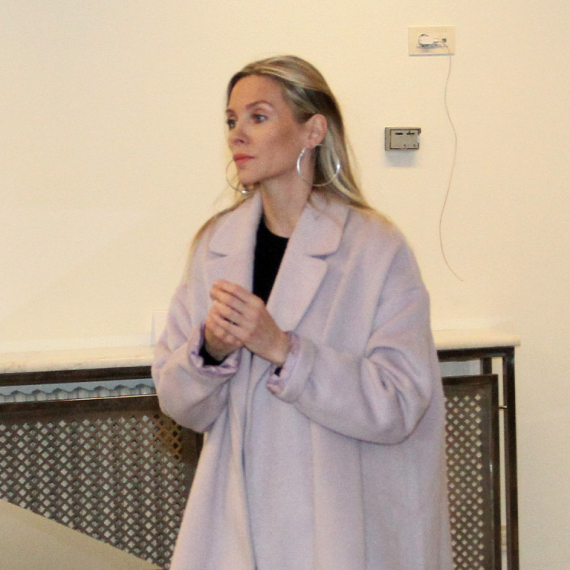






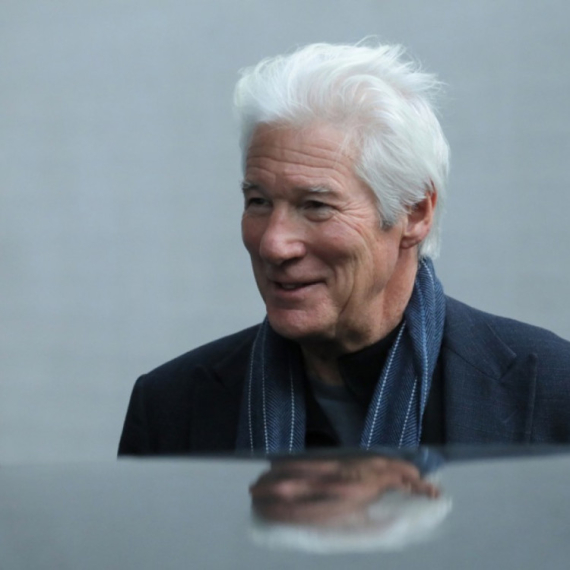

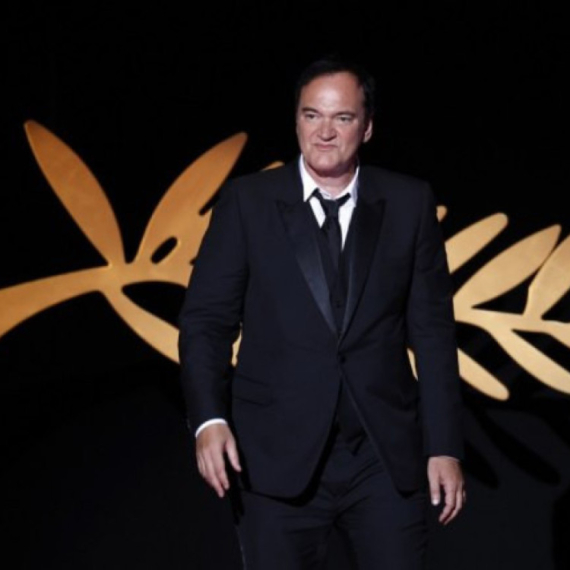





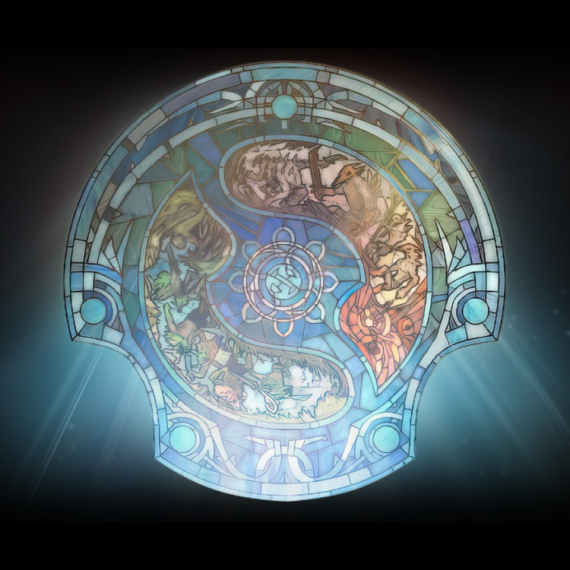


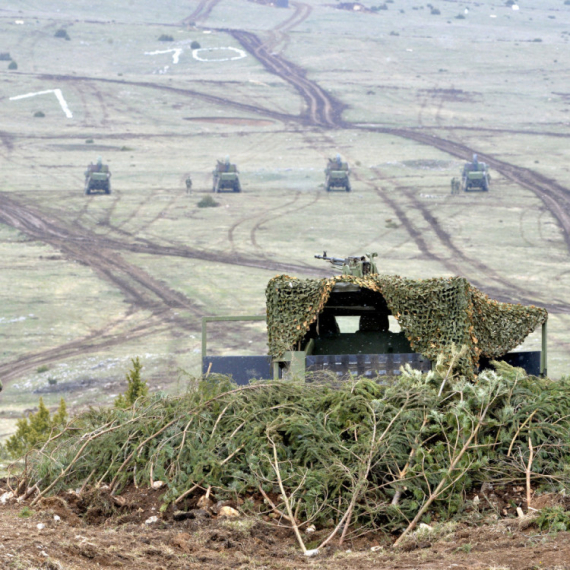
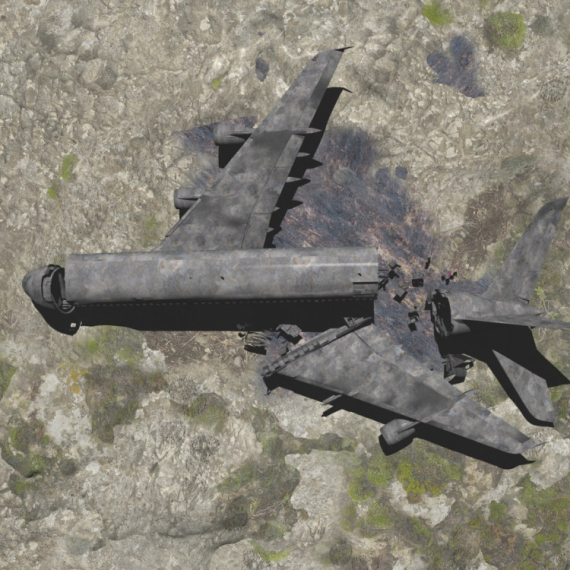
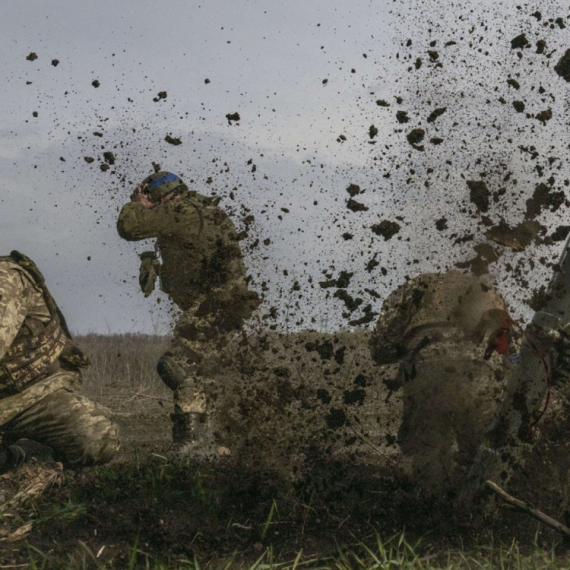







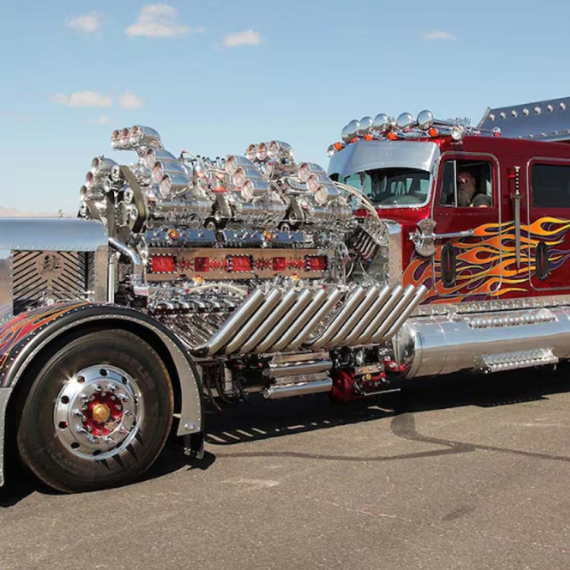


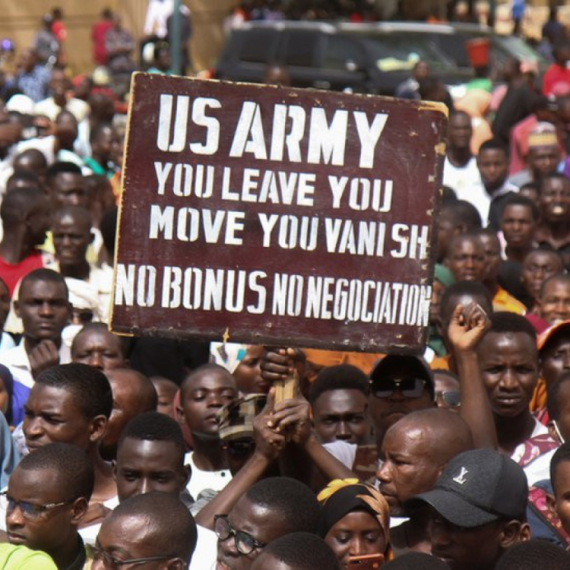
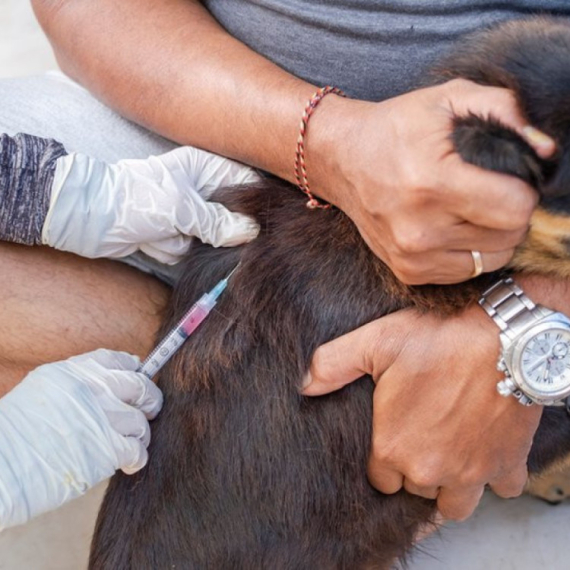
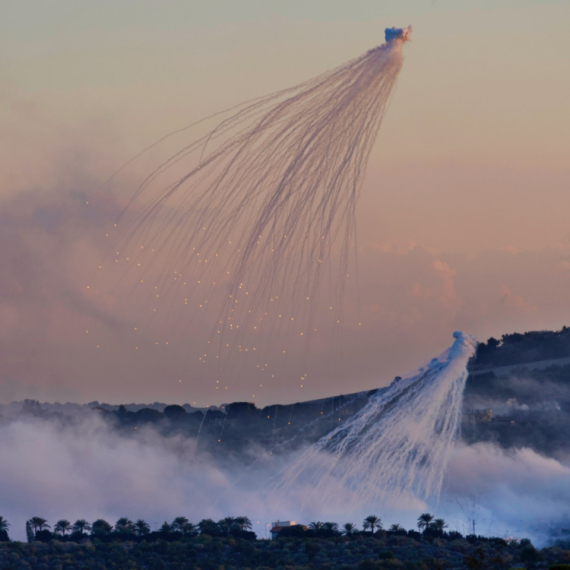

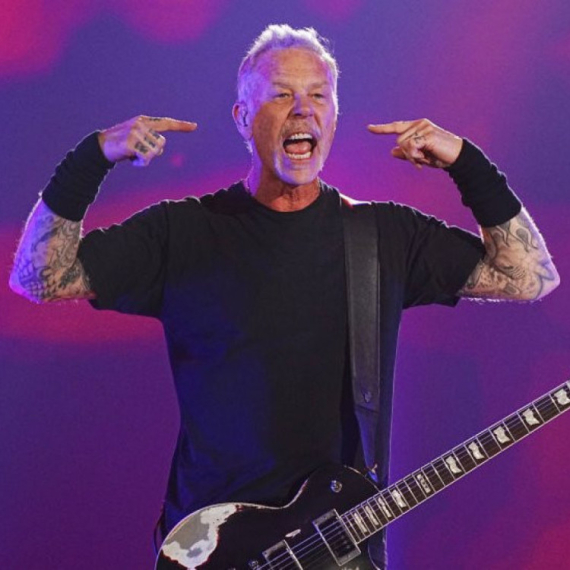

Komentari 10
Pogledaj komentare